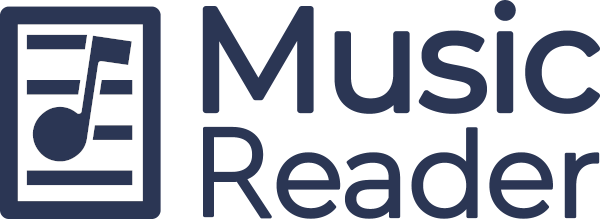
After confirming the title, you get the options explained in <a href="#33">Add Files section</a>.
In this section we will show you how to add files from your MR4 Library to the new MusicReader.
To succesfully do this please make sure to fully transfer all PDF files, folders and playlists at once.
On Windows / Mac, you can transfer your library in the following way:
Need to transfer files from iPad? Then please follow these steps:
If the steps above cause problems, then there is also an alternative way.
For this method, you need a Cloud Dive like iCloud/Dropbox/Drive.
This Cloud Dive needs to be installed both on your iPad and on a Mac / Windows machine.
These are the steps you then take with that:
Some Android tablets do not have Google Play installed on this.
For those tablets, you can also download APK-file of MusicReader.
This file can then be directly installed on your tablet.
https://www.mrsync.com/Downloads/MusicReader5.apk
On this location, you can also find the updated release if you need to update.
Here you can find numerous ways the APK can be installed.
If you are using Kindle Fire then please check these instruction or this alternative.
It's gives you the information to install the APK-version.
Is Microsoft Store not opening on your Windows system?
Then please check these instructions from Microsoft.
They show multiple solutions for that issue.
Having other issues with downloading from Microsoft Store?
Then please contact MusicReader support for help.
If you have an older version of Windows then there are still a few options.
Many systems can be upgraded to Windows 10.
You don't have to pay for it, it's possible to do this for free.
Check this search for details.